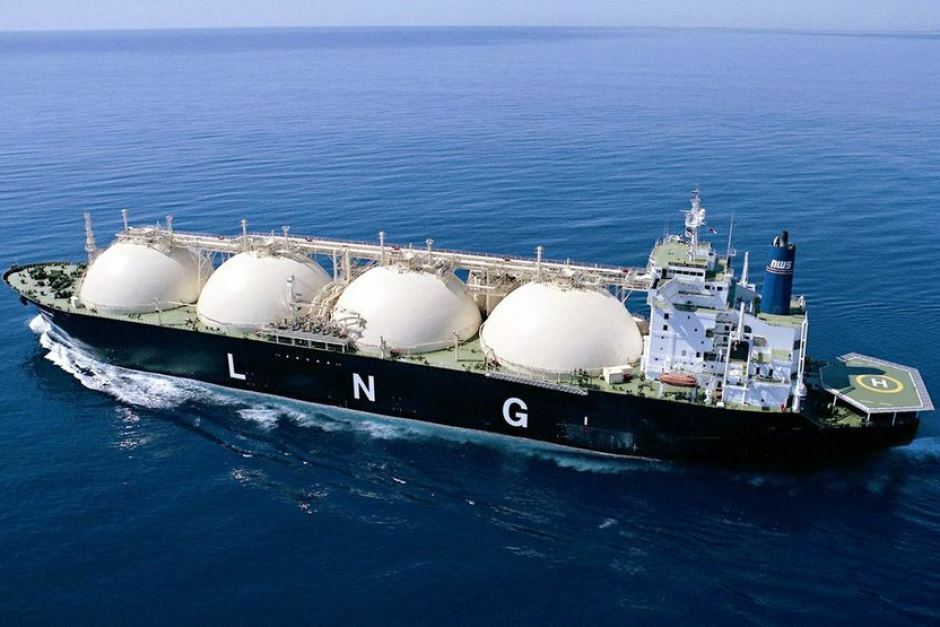
Goldman Sachs: cold winter will send Europe into gas knockdown
By Rhod Mackenzie
The European energy sector has been dominated by the energy crisis and the sharp rise in gas prices over the past two years. This was caused by European countries rejecting cheap pipeline gas from Russia and opting for expensive liquefied gas (LNG) from the United States. Gas prices on the continent grew rapidly throughout 2022, reaching record levels in August.
In 2023, LNG prices decreased and Europeans became less anxious. The decline has continued, with prices dropping by 37% between November 2023 and January 2024. However, this drop was partly due to a decrease in gas demand caused by economic problems in Europe, particularly in Germany. The price of natural gas, commonly referred to as 'blue fuel', remains high despite the recent drop in prices. This is due to a decline in production in Germany and other European countries, particularly in energy-intensive sectors.
Fortunately, Europeans have been experiencing mild winters, with the winter of 2023-24 being the second warmest in a decade. This has resulted in low demand and subsequently low gas prices.
Low prices enabled Europeans to fill their underground gas storage facilities (UGS) to capacity in autumn, as they did last winter, without fear of potential cold weather.
Overall, it may seem like it is time to relax and forget the energy crisis like a bad dream. However, economists and analysts at the American bank Goldman Sachs advise against rushing to celebrate the end of the energy crisis.
“Lower prices may give the impression that Europe is over the energy crisis,” Oil Price (OP) cites an excerpt from a Goldman Sachs research note, “but we believe that the crisis is not over yet. It is necessary to survive one more winter so that we can finally forget about the threat of a return to astronomical gas prices.”
American banking analysts believe that LNG supplies to Europe in the short term did not solve the problem of the structural deficit and did not compensate for Russian gas supplies. Prices remain highly volatile and vulnerable to supply disruptions and demand fluctuations.
The need to survive another winter is explained by the fact that almost 100% filled PHCs, which Europeans have rightly been proud of for the second year, unfortunately provide a comfortable winter only in warm winters. If the thermometer drops sharply, then the demand for gas for heating buildings increases sharply and its quantity in storage begins to rapidly decrease. At the same time, prices naturally go up.
As OR writes with reference to calculations by Goldman Sachs analysts, more than 60% of gas demand depends on the weather. For example, according to calculations, if the average temperature in winter is 1°C lower than the average temperature, say, over the last five winters, then the increase in demand for heating will reduce gas reserves in UGS by approximately 12%.
As for supply, so far Europe, despite the fact that most of the American LNG exports go to them, has not yet managed to compensate for another 20% of lost gas from Russia. In addition, as mentioned above, the decline in prices is largely due to a decrease in demand for gas. When the European and German economies begin to recover, and sooner or later this will happen, gas demand and prices will begin to rise.
Goldman predicts that new LNG projects will begin commissioning in 2025. This will lead to an increase in global supply. But will Europeans be able to truly relax on the eve of the winter of 2025-26?
